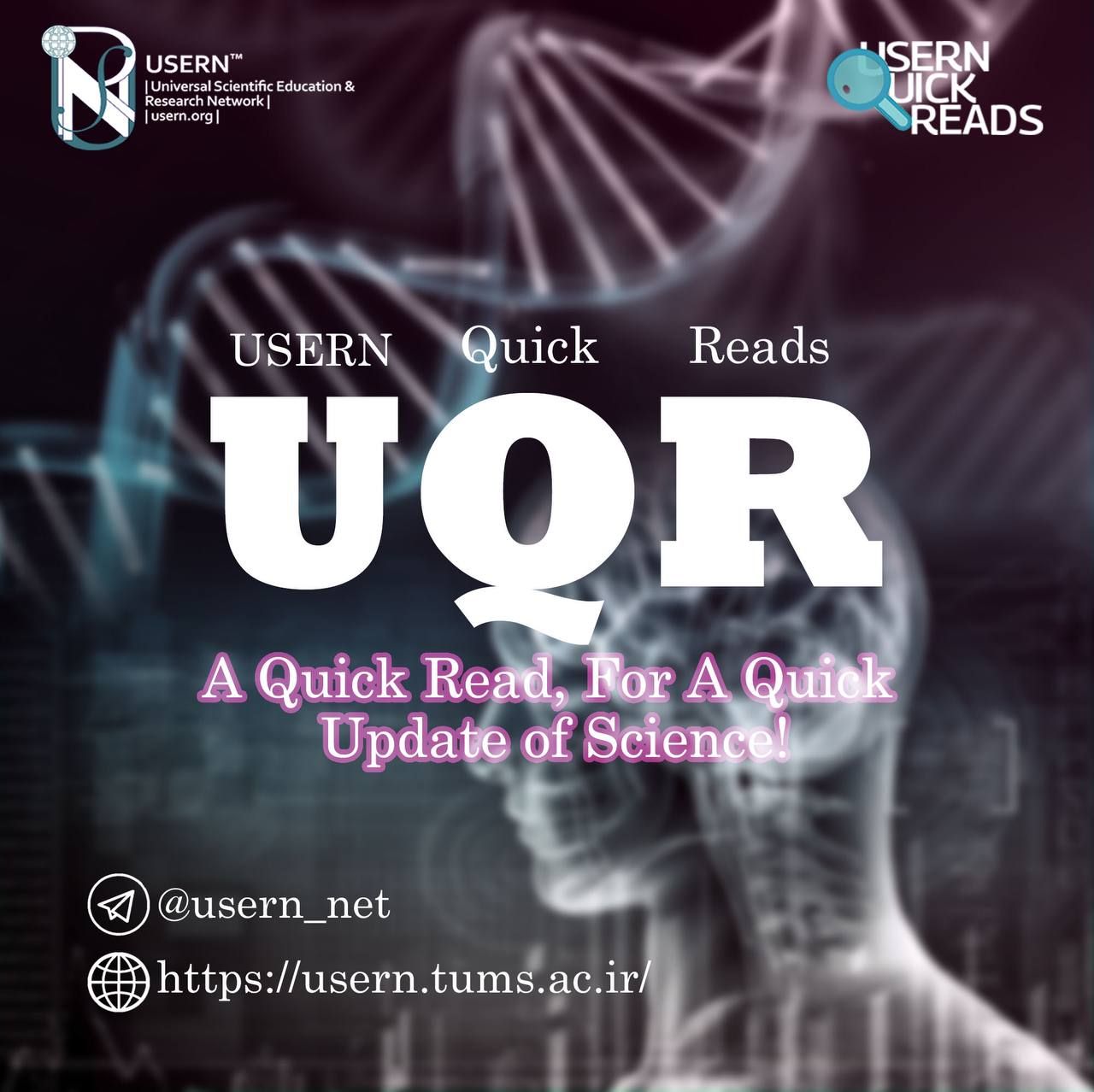Quick Reads
The eagle eye of medicine

Explore how artificial intelligence can help with prostate cancer detection #2021#12
The eagle eye of medicine
Prostate cancer is one of the most common and dangerous cancers globally, to the extent that it is currently the sixth-leading cancer and the second most common cause of cancer deaths in American men. So that one out of every 8 men has faced this disease during his life and one out of every 41 people dies due to this disease. Therefore, screening and early diagnosis of this cancer is of particular importance.[1]
The first step in the screening and early diagnosis of this cancer is Multiparametric magnetic resonance imaging (mpMRI) because it is a non-invasive approach to biopsy using T2weighted imaging, diffusion-weighted imaging (DWI), and dynamic contrast-enhanced (DCE). Can provide high-resolution images of the pelvis and prostate.[2]
This is important because the biopsy itself, in addition to being an invasive procedure, can
cause gastrointestinal bleeding;[3]
Therefore, its use should be limited as much as possible. In addition, this procedure can be used as a guide for a biopsy if needed. However, these images require specialists to evaluate them and assess the probability of cancer in them; Therefore, according to the people who do the image analysis, the cancer diagnosis rate and its sensitivity and characteristics change. Radiologists now use Prostate Imaging Reporting and
Detection System version 2 (PI-RADSv2) to classify images based on their risk using a measure called Gleason.[2]
Artificial intelligence can revolutionize the diagnosis of prostate cancer, so that with current algorithms, artificial intelligence can help with diagnosis in three ways: by detecting areas suspected of being cancer, it can help novice radiologists diagnose it. It also reduces the interpretation time of mp-MRI images and, on the other hand, acts as a way for initial screening by classifying images based on the degree of risk. [4]
In cases where artificial intelligence has been used as an aid to professionals, it has significantly increased their detection sensitivity from 69% to 84%. On the other hand, in the case of the presence of artificial intelligence alone, a statistic has been recorded by a class of radiologists; With the advantage that its sensitivity and specificity are constant and it requires less time for interpretation. [2, 5]
Despite all this, the Gleason criterion has become a kind of weakness of the use of artificial
intelligence in diagnosis because this criterion is largely subjective and, in the study, ignores the diversity of different parts of the lesion from the clinical. Under these conditions, artificial intelligence shows little ability to investigate cases with moderate risk; However, it is still effective in identifying high or low-risk cases.[6, 7]To solve this problem, we need to simultaneously examine radiographic images and biopsy cases of patients in such a way that radiographic images and biopsy are examined pixel by pixel by machine learning, and new relationships are extracted from them; However, the limiting factor in this study is the current capability of artificial intelligence systems; Thus, a detailed examination of a scanned biopsy with a resolution of 100,000 x 100,000 pixels requires more than 10 GB of space, which is only for one patient![8] Therefore, a detailed examination of these scans is currently not possible. To solve this problem, artificial intelligence systems only examine certain parts of the scan, including the epithelial, stromal, and lumen components, which increases the performance of current systems and reduces the space required. Of course, it should be noted that we still hope that with the advancement of technology, it will be possible to examine all scans accurately.[9]
After imaging, it is time to examine the biopsy. The systematic biopsy protocol currently involves examining 10-12 samples from each individual. Perhaps the biggest problem with
biopsy cases right now is their sheer number; In the United States alone, 1 million men are
biopsied annually; Considering 10-12 samples per person, the total number of samples reaches 10 million! This significant number along with the fact that the world's population is aging and the incidence of cancer is increasing, and on the other hand, the global shortage of pathologists makes this a key issue. The presence of artificial intelligence, in addition to being able to help in the initial examination and isolation of benign and malignant cases, in some cases can be more accurate in examining cases and drawing the attention of pathologists to cases that are hidden from their view.[10]
By: Arian Karimi Rouzbahani- Soroush Mir Dehghan
Members of SAIN interest group
References:
1. https://www.cancer.org/cancer/prostate-cancer/about/key
statistics.html#:~:text=About%201%20man%20in%208,at%20diagnosis%20is%20about%2066..
2. Weinreb, J.C., et al., PI-RADS prostate imaging–reporting and data system: 2015, version 2.
European urology, 2016. 69(1): p. 16-40.
3. Khosravi, P., et al., Biopsy-free prediction of prostate cancer aggressiveness using deep learning and radiology imaging. medRxiv, 2019.
4. Harmon, S.A., et al., Artificial intelligence at the intersection of pathology and radiology in prostate cancer. Diagnostic and Interventional Radiology, 2019. 25(3): p. 183.
5. Gaur, S., et al., Can computer-aided diagnosis assist in the identification of prostate cancer on prostate MRI? a multi-center, multi-reader investigation. Oncotarget, 2018. 9(73): p. 33804.
6. Sparks, R. and A. Madabhushi, Explicit shape descriptors: Novel morphologic features for
histopathology classification. Medical image analysis, 2013. 17(8): p. 997-1009.
7. Tabesh, A., et al., Multi-feature prostate cancer diagnosis and Gleason grading of histological images. IEEE transactions on medical imaging, 2007. 26(10): p. 1366-1378.8. Kwak, J.T., et al., Correlation of magnetic resonance imaging with digital histopathology in the prostate. International journal of computer-assisted radiology and surgery, 2016. 11(4): p. 657-
666.
9. Gorelick, L., et al., Prostate histopathology: Learning tissue component histograms for cancer detection and classification. IEEE transactions on medical imaging, 2013. 32(10): p. 1804-1818.
10. Ström, P., et al., Artificial intelligence for diagnosis and grading of prostate cancer in biopsies: a
population-based, diagnostic study. The Lancet Oncology, 2020. 21(2): p. 222-232.
